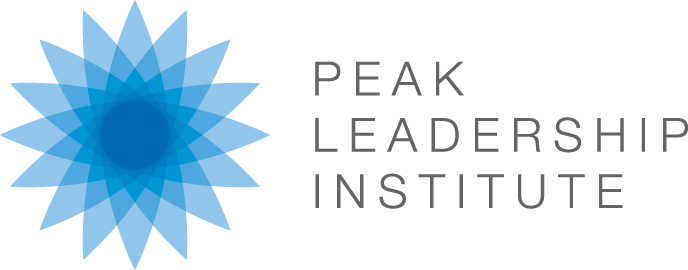Leadership development is about growth, and one approach to growth is through a behavior lens. The author of Triggers, Marshall Goldsmith, is a respected leadership coach, especially in the area of changing behavior to become a more effective leader, manager, partner, and friend.
The core premise of the book is that we are more beholden to our environment than we might realize. These triggers can lead to us behaving in ways we don’t intend—we always find ourselves interrupting the same colleague, or we get defensive when challenged on certain things but not others. This presents an ultimatum—if we don’t create and control our environment, it will create and control us. While we’re of the belief that it’s not possible to fully control our environment, we do think there’s a value in appreciating its influence and taking more responsibility for how we act and respond.
The book begins with two truths of behavioral change:
- Meaningful behavioral change is very hard to do.
- No one can make us change unless we truly want to change.
First, we must admit we need to change. Once we admit change is needed, then we have trouble knowing how to do it. In addition, we underestimate the impact of environmental triggers on our behavior. Finally, we shouldn’t underestimate the importance of intrinsic motivation required for significant and lasting change. Without it, we will struggle to overcome our patterns of behavior.
A useful tool on the way to changing behavior is the ability to challenge beliefs that may be holding us back. Triggers has an extensive list of beliefs that hinder behavior change. Which of these do you see in your own thinking?
- If I understand, I will do.
- I have willpower and won’t give in to temptation.
- Today is a special day.
- “At least I’m better than…”
- I shouldn’t need help and structure.
- I won’t get tired and my enthusiasm will not fade.
- I have all the time in the world.
- I won’t get distracted and nothing unexpected will occur.
- An epiphany will suddenly change my life.
- My change will be permanent and I will never have to worry again.
- My elimination of old problems will not bring on new problems.
- My efforts will be fairly rewarded.
- No one is paying attention to me.
- If I change I am “inauthentic.”
- I have the wisdom to assess my own behavior.
The book shares several strategies for tackling the challenge of changing behavior:
1. Forecasting. Forecasting involves thinking ahead to identify upcoming challenging situations and prepare to handle them. It begins with anticipation—what are we likely to face today? Who will be there? What might they say? What challenges are likely to arise? Based on anticipated situations where we might exhibit undesirable behavior, our first option is avoidance. It may sound a bit extreme, but in many cases the most important action is not taking an action. If you’re in an emotional state, hold off on sharing your feedback. If avoidance isn’t possible, we need to find a way to adjust our behavior to the environment. Maybe instead of speaking up in the meeting you let people know you want to take some time to think about it further and will send a follow-up email.
2. Creating, preserving, eliminating, accepting. Behavior change can take different appearances, based on whether you’re trying to change or keep a behavior that is positive or negative. It can be useful to categorize some changes you’d like to make using these four buckets. Creating is a positive action we want to add. Preserving is a positive behavior we want to continue. Eliminating is removing a negative behavior. Accepting is allowing ourselves to live with imperfections.
3. Daily questions. This strategy is one of our favorites and represents the simple yet effective approach of Marshall Goldsmith. The basic thinking is to ask ourselves questions every day and rate a set of behaviors we want to be working on. When it comes to writing the questions, research shows that we should favor active questions over passive ones. “Did I do my best to build positive relationships?” is more effective than “How positive were your relationships?” because it puts the onus on us to take action toward our goals. Marshall Goldsmith found six questions that he recommends everyone use, in addition to personalized ones related to your goal areas. The six general questions are:
– Did I do my best to set clear goals today?
– Did I do my best to make progress toward my goals today?
– Did I do my best to find meaning today?
– Did I do my best to be happy today?
– Did I do my best to build positive relationships today?
– Did I do my best to be fully engaged today?
The framing and strategies described in Triggers provide a clear approach, but it is still up to us to drive our own change. We highly recommend reading the book to gain a deeper understanding of the behavior change process, in all its messiness.

